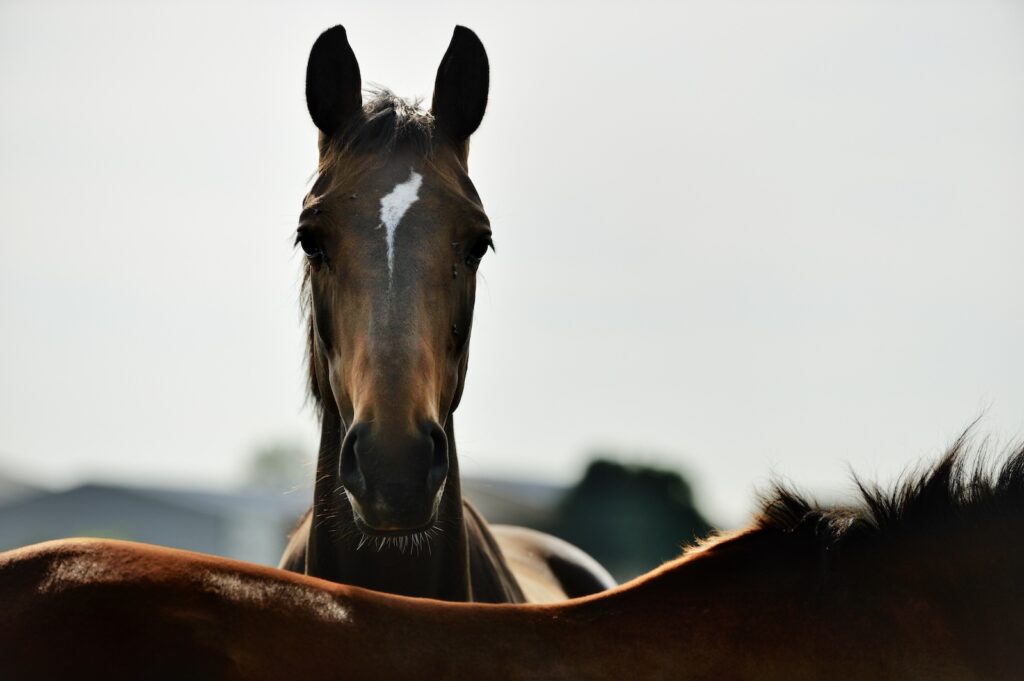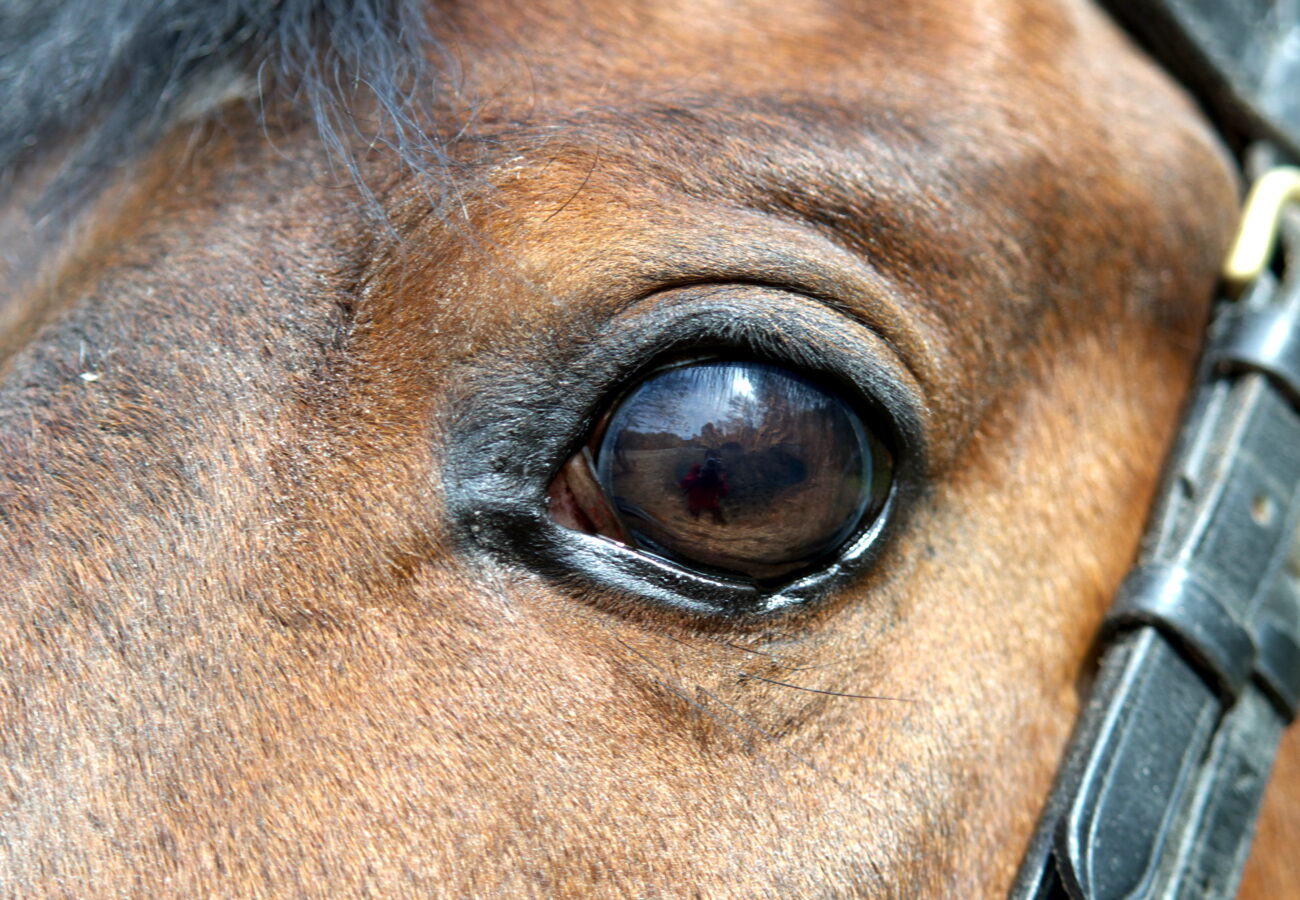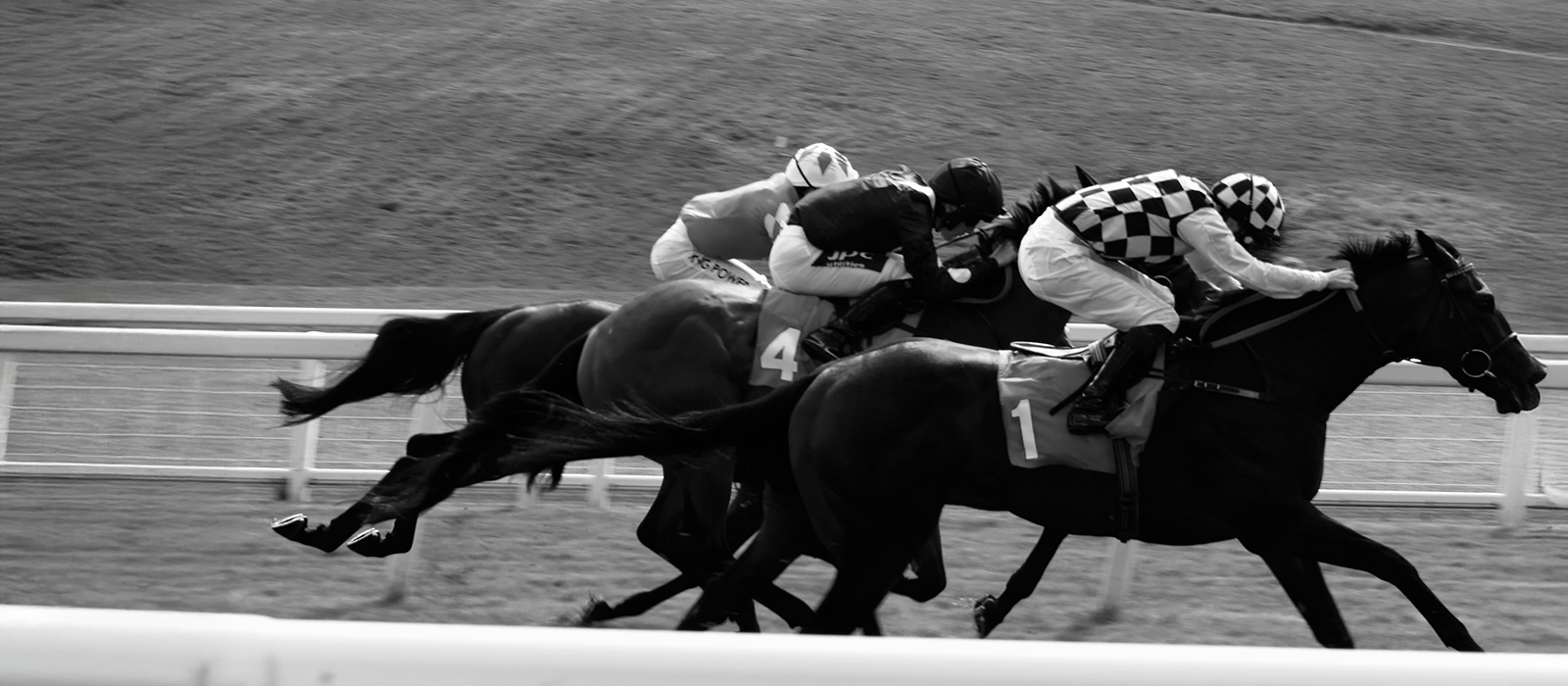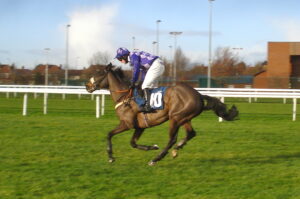Horses are exploited and abused every single day in the racing industry. Far from the happy fairytale the industry would have you believe, these innocent animals endure gruelling training regimes, are whipped and contorted with painful aids, experience excruciating injuries and are at constant risk of death – whether on a racecourse, in a knacker’s yard or in a slaughterhouse.
Horses are sentient, emotional, sensitive animals whose value exists independently of industry-imposed labels. They deserve to live free from the abuse and suffering that is rooted into the foundations of racing. And we are determined to help them.

On average, a horse is killed every other day as a result of racing on British racecourses. Our Horse Death Watch site is the only publicly available record that names each and every horse killed on British racecourses. Since 2007, more than 3,000 horses have been killed. This figure does not include the unknown number of horses killed in training or because they fail to make the grade.
Horses can suffer excruciating injuries as a result of racing. These include broken necks, backs, lungs; heart attacks; bleeding lungs; and spinal paralysis, to name a few.
Horses are the only animal who can be publicly beaten for entertainment. Despite claims by the industry, the whip does cause horses to feel pain. In fact, horses sometimes have ‘weals’ after a race because they have been whipped so hard. This is why Animal Aid has been campaigning for more than fifteen years for this barbaric abuse to be banned.
Currently, the British Horseracing Authority (BHA) allows horses to be whipped six times in a flat race and seven times in a jump race. These are arbitrary amounts and mean nothing to the horses who are publicly beaten while running for their lives.
Horses face exploitation from cradle to grave. Foals are separated from their mums earlier than they would be naturally, with many sold at ‘weanling’ or ‘yearling’ sales. They face gruelling training regimes, excruciatingly painful artificial aids, restriction and deadening routine. Horses are at risk of injury and death every time they race on a racecourse.
Others enter into the life of a breeding horse. This is a life of effective enslavement by an industry that regards these horses as semen-producing or foal-bearing machines.
Broodmares are repeatedly impregnated and separated from their foals despite the destructive impact this has on their physical and emotional health. To control when a foal is delivered, they are injected with hormones and other drugs and subjected to long periods of artificial light during winter months.
Stallions’ lives are isolated and bleak. They are kept separated from other horses and, for as long as 20 years, can be required to impregnate three mares a day during the 6-month breeding season. ‘Shuttle’ stallions also endure gruelling transportation where they are flown between the Northern and Southern hemispheres to exploit the fact that broodmares are in ‘season’ at different times of the year depending on their geographical location.
Around 13,000 foals are born each year in the British and Irish racing industries. Many of these will never even see a racecourse, let alone win a race. This creates a huge ‘surplus’ of horses who are unwanted by the industry and unprovided for.
For horses who don’t make their owners and trainers big cash prizes, their futures are vulnerable. Horses are valued for the profits that can be made for humans, not for their inherent worth as sentient beings. The industry allocates roughly £135 per horse leaving racing – this would probably cover a few weeks of hay, if that. Many horses don’t ever see a penny of this, as the money is put into projects and schemes instead of directly helping horses.
This lack of aftercare means they are bought and sold at auctions like possessions, often entering into a downward spiral of neglect where they are sold from person to person as their ‘cash value’ decreases. They are paraded at auctions, waiting to see if anyone will bid for them, their welfare often spiralling until they are shadows of the ‘kingly’ image the industry would have you believe. Often, their lives are filled with mistreatment, further exploitation and ultimate abandonment.
In 2021 the BBC aired a documentary called The Dark Side of Horse Racing, which featured Animal Aid undercover footage of horse slaughter in England. This documentary touched on the huge crisis that is horse slaughter and revealed that horses who had recently raced at prestigious racing events and earned their owners and trainers thousands of pounds had been sent to the abattoir. Following these appalling scenes, the BHA stated that no horse who had raced in Great Britain would enter the food chain.
This is a cleverly worded statement – as it excludes the many horses who the industry are still responsible for. These include horses who have raced in different countries, never raced at all or been used for breeding, for example. Hundreds of horses with racing industry passports are still sent to slaughter each year.
A 2024 RTÉ documentary also revealed horrific abuse and fraudulent practices at Ireland’s only licensed horse slaughter facility, Shannonside Ltd. This slaughterhouse has now been suspended, resulting in huge numbers of horses being exported before they are slaughtered – adding more suffering to their already unimaginable pain.
Horse racing’s regulatory body is the British Horseracing Authority (BHA). As a self-governing body, it is responsible for both promoting and investigating racing. One body cannot be responsible for both of these actions as they are in direct contradiction. The BHA is failing horses on an unprecedented scale and must urgently be replaced by an independent regulatory body with horse welfare at its core.
Animal Aid campaign throughout the year, every year, for the right of horses to not be raced. Due to their perceived status in the racing calendar, both Cheltenham and Aintree Festivals attract widespread media coverage and public attention each year, meaning our work on horses receives a spike in interest and engagement.
The Grand National is a deliberately perilous race, taking place at Aintree Racecourse in England every year. The infamous race is over four miles long and has 30 hazardous fences that horses are forced to jump over. While the British Horseracing Authority (BHA) are responsible for horse welfare, they fail to address horse fatalities at the Grand National; while onlookers place their bets and order drinks at the bar, horses are dying.
67 horses have been killed as a result of racing at the Grand National Festival since 2000. 17 horses have been killed in the main Grand national race. In 2007, Animal Aid launched Horse Death Watch, the only public record of the names and details of horses killed on British racecourses.
Cheltenham Festival is a four-day event held every year in March. Over the course of four days, there are 28 jump races where horses are forced to navigate gruelling fences. The results are devastating: horses have died at Cheltenham every year since 2000 (except for 2001 when the event was cancelled due to foot and mouth disease).
A total of 78 horses have been killed as a result of racing at The Cheltenham Festival, which also holds the record for most horses killed in a single day of racing: 6 fatalities on 16 March 2006. In 2007, Animal Aid launched Horse Death Watch, the only public record of the names and details of horses killed on British racecourses.
Defenders of horse racing often cite the following myths in order to justify the sick spectacle of forcing horses to race.
- “If the horses didn’t like it, they wouldn’t carry on running after their jockeys fall off”
Horses are herd animals. They feel safer when part of a group, especially in the noisy, often unfamiliar race day environment. - “The horses enjoy the challenge”
They are not equal to the challenge. The modern industry concentrates on breeding lighter-boned, speedier animals for Flat racing. Less successful Flat racers, or those good at clearing fences, are consigned to jump racing. But, because they are fine-tuned for speed rather than skeletal strength, they risk fatal injury when they fall – a common occurrence at Aintree. - “The horses are treated like kings”
Evidence suggests that, for many years, thousands of horses who don’t pay their way have been slaughtered or killed in their yards. - “Horses in the wild die too – death is natural”
There is nothing natural about whipping highly inbred horses to force them to run to their physical limit and jump a series of life-threatening obstacles.
Within these stories of suffering are thousands upon thousands of individuals. Individuals who deserved – and deserve – to live free from fear and human exploitation. Individuals whose worth exists independently of the racing industry. Individuals who wanted – and want – to live.
The horse racing industry depends on one thing: you. If every single member of the public refused to bet on – or attend – horse racing, the industry would cease to exist.
The horses have no choice about their involvement in this barbaric excuse for a ‘sport’, but you do.

Take action for horses
There's nothing entertaining about exploiting animals. Take action today for a kinder tomorrow.


